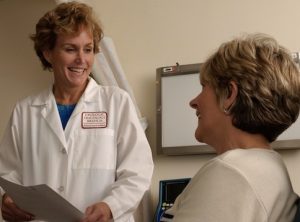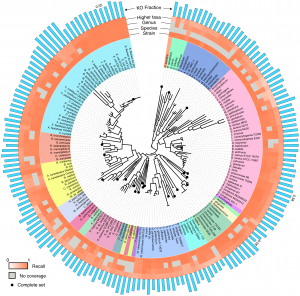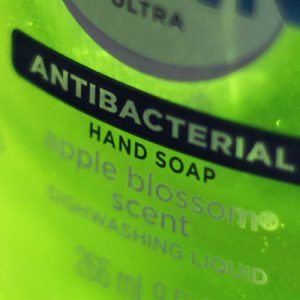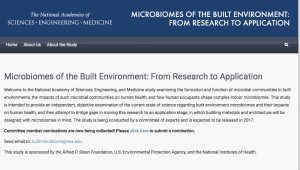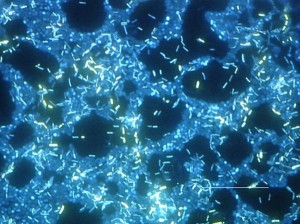I was catching up on my NPR shows this evening and this one is definitely worth a listen. Here are the slides that they talk about in the podcast that summarize conversations with a focus group in England about antimicrobial resistance. Science Friday interviews Ed Young (who I highly recommend you follow on Twitter if you don’t already) …
Sometimes efforts to be environmentally friendly can give rise to microbial challenges. This was nicely described by Katie Dahlhausen in her recent post about water quality about green buildings. Other examples include observations that Legionella pneumophila can be contracted from shower heads and the use of low flow shower heads and lower water temperatures may increase its transmission. Likewise, wastewater (e.g., Environmental and …
Two recent news articles cover some new attempts at curbing antimicrobial resistance. The first discusses Kaiser’s ban on 13 different antimicrobials that are commonly used on surfaces, like fabrics and finishes. Although this change will only affect future facilities, it is a step forward in reducing sources of antimicrobial resistance. This is especially important in hospitals, …
This week’s antimicrobial news story covers an antimicrobial 3D printing material that has the potential to be used for tooth implants and other dental products. It is made of a dental polymer that is imbibed with ammonium salts. The creators claim their material kills 99% of bacteria, and will curb infections that result from dental procedures. However, …
It is well known that antibiotic resistance in bacteria happens much faster than we can possibly develop novel antibiotics. So what if instead of trying to reinvent the wheel, we just rearrange it? Well, researchers at the H. Lee Moffitt Cancer Center and Research Institute had a similar idea in regards to reducing antibiotic resistance …
I’m very excited about this news story. California Governor Jerry Brown signed a bill requiring antimicrobial drugs to be available only through veterinary prescription and not simply for growth promotion. It’s a small step in limiting widespread resistance from overuse of antibiotics, but hopefully it serves as an example to other states and nations. China …
Just got sent this by Katherine Bowman from the Board on Life Sciences. This is really important and if you know of someone who would be good please consider nominating them. Request for Committee Nominations — Microbiomes of the Built Environment: From Research to Application The National Academies of Sciences, Engineering, and Medicine are …
Antibiotic resistance is a global problem, threatening both human and animal health. A recent study shows that antibiotic resistance has spread into wildlife populations in Chobe National Park, a spectacular park located along the Chobe River in Botswana. In this region, humans and wildlife live in close proximity and significant antimicrobial resistance occurs in human populations. In a study published in the …
Researchers at Inserm/Strasbourg University have developed an antimicrobial film for implants. One of the biggest problems with implants is that they can provide ideal breeding grounds for pathogens, causing inflammation in the surrounding tissue and subsequent rejection of the implant. Often, this is avoided by prescribing patients antibiotics or coating implants in them, which of course have …
A few weeks ago, I came across this article that someone had posted to social media with the title “Your make-up could KILL you: Deadly meningitis bacteria discovered in products”. It turns out there are a lot of articles on the internet discussing the horrors of expired makeup, the most recent ones linking back to a …
